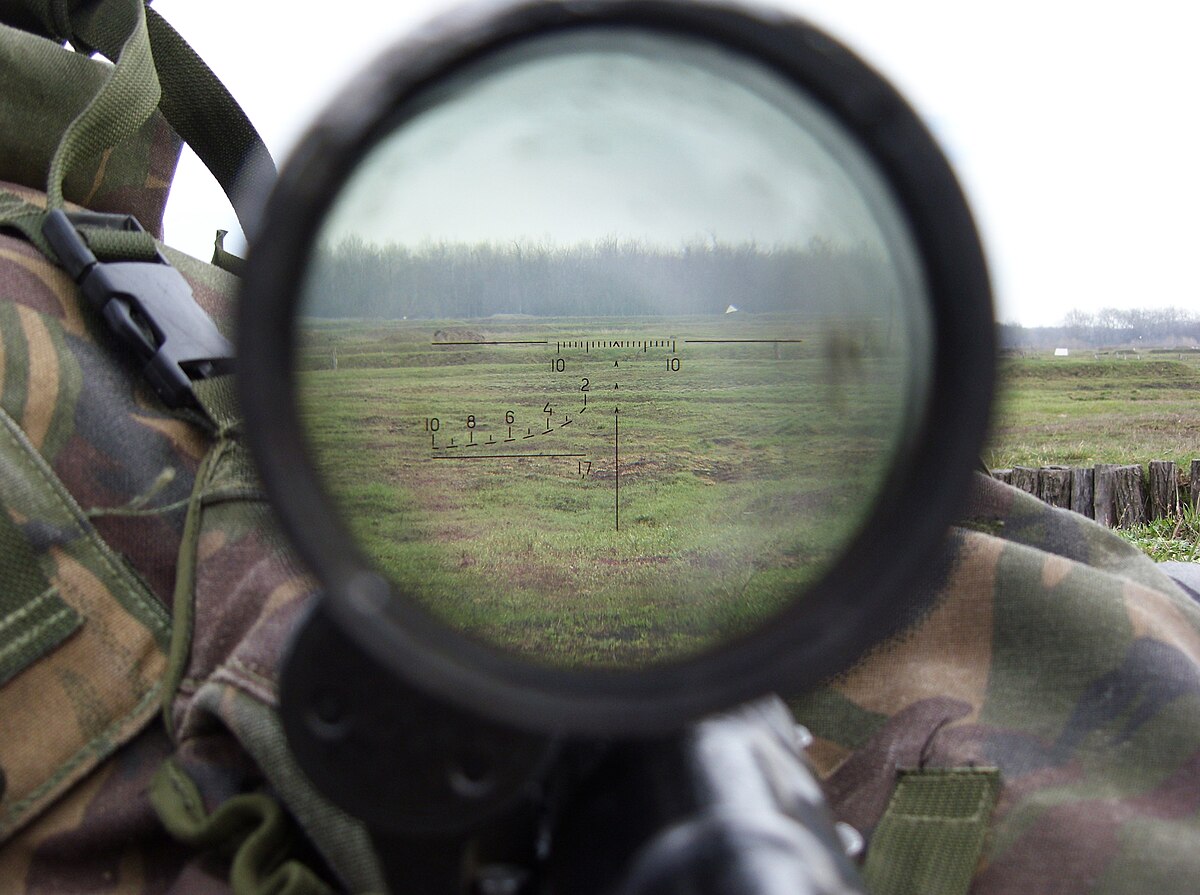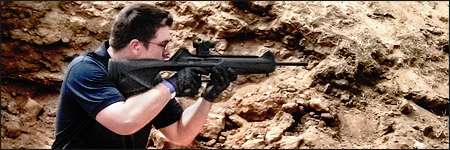I recall from one of the posts that someone wanted to determine the width of 1 minute of angle (MOA) at various distances.
The geometry on this is:
Circumference / 360 degrees per circumference / 60 minutes per degree
At 100 yds this comes to 2 x pi x R / 360 / 60
= 2 x 3.14159 x 100 yds x 36 inches per yd / 360 / 60
= 1.05 inches
The algegra is linear, so 200 yds would equal 2.10"
300 yds would equal 3.15"
400 yds would equal 4.2"
500 yds would equal 5.25"
etc.
1000 yds would equal 10.5"
With good ammo and a good scope, 1 MOA groups should be possible.
With really good ammo and a good scope and really good technique, 1/2 MOA should be possible.
The geometry on this is:
Circumference / 360 degrees per circumference / 60 minutes per degree
At 100 yds this comes to 2 x pi x R / 360 / 60
= 2 x 3.14159 x 100 yds x 36 inches per yd / 360 / 60
= 1.05 inches
The algegra is linear, so 200 yds would equal 2.10"
300 yds would equal 3.15"
400 yds would equal 4.2"
500 yds would equal 5.25"
etc.
1000 yds would equal 10.5"
With good ammo and a good scope, 1 MOA groups should be possible.
With really good ammo and a good scope and really good technique, 1/2 MOA should be possible.








Comment